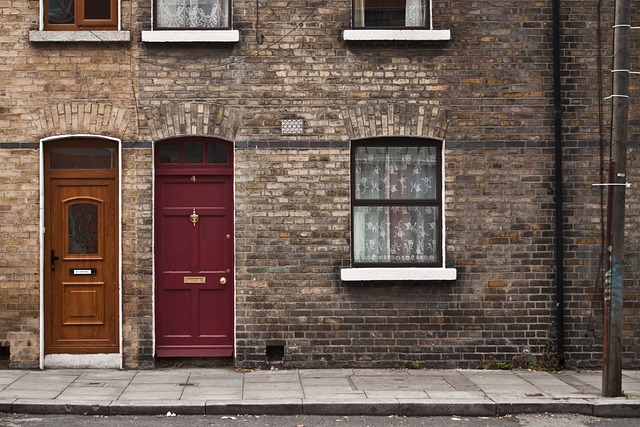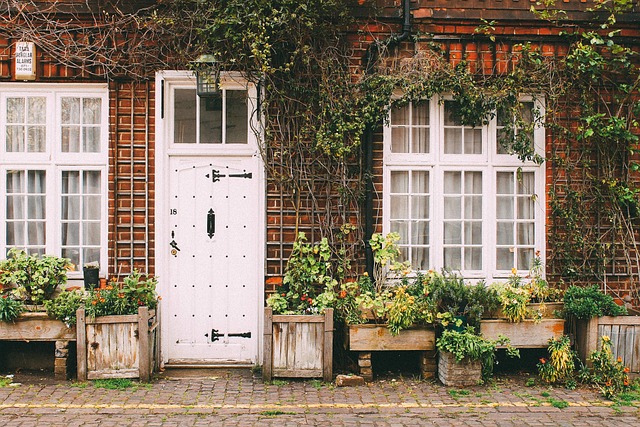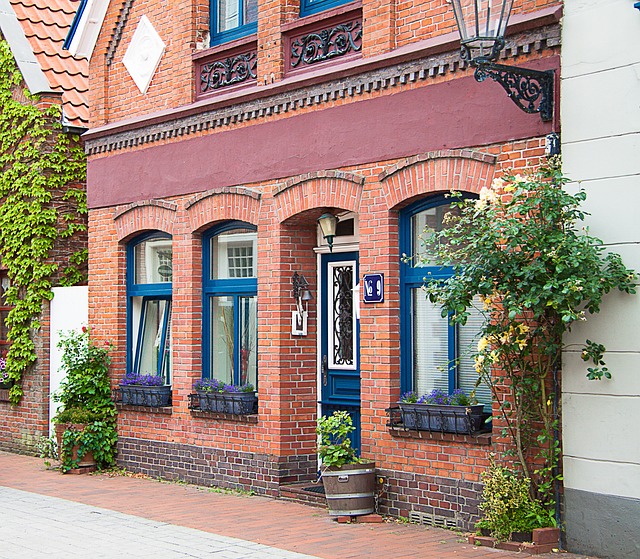Don’t be misled by the recent surge in popularity of a brick treatment; this centuries-old method demonstrates the idea that everything old is new again. Introduce yourself to German schmear, also known as German smear. This method, usually less expensive than paint, gives your brick a patinated farmhouse appearance.

According to Allison Vaccaro, co-owner of Brick&Batten, “German schmear is the use of mortar applied to masonry surfaces to create a thick covering that looks as though it has been smeared on the surface.” The subtle differences between German smear and other brick treatments, including as limewash and whitewash, might assist determine which method is best for a certain house, according to Vaccaro. “Product and application methods are the main distinctions among German schmear, limewash, and whitewash,” the speaker explains. “The most crucial lesson is to select the appropriate product for the task, pick the perfect color, and then concentrate on the correct application.”
Here, Vaccaro and Leslie Aiken, co-owner of Romabio Paints, share their knowledge as they delve into the specifics of German schmear, dissecting the variations among the many brick treatments.
What is German Smear, also known as German Schmear?
German schmear, according to Vaccaro, is a highly specialized process in which a thick mortar paste is “schmearred,” or smeared, across the stone surface. It was first used to finish brick and stone walls in Germany in the 1500s. Even though its current function is limited to aesthetics, it may give brick a nostalgic, bygone era sense.
German schmear works well in smaller applications and ranch or cottage-style houses in order to maintain cost effectiveness. Vaccaro cautions that anybody searching for a sleek, contemporary style won’t be able to match its rustic, farmhouse aspect.
German Schmear Brick Benefits and Drawbacks
There are benefits and drawbacks to each undertaking, as always.
Pro: It has a beautiful appearance. It’s a charming technique to bring new life to old brick while maintaining a historic vibe.
Advantage: The cost is lower than for certain house improvements. paying an expert to apply German schmear will probably cost less than paying them to paint your home. Therefore, if the house is the proper size and design, it may be a more economical option.
Con: Errors may be costly (and irreversible). Vaccaro claims that once applied, if done poorly, it is exceedingly expensive to remove—typically several times more expensive than the application itself—and in some cases, it is impossible to remove at all. She goes on to say that errors need to be accepted as inevitable. Painting over a mistake will not solve the problem if you’re attempting to hide it.
Con: It needs to be used properly. According to Vaccaro, “if mortar is not applied properly, moisture can get trapped in between the brick and the mortar, creating potential for cracks, peeling, or flaking since it does not allow brick to breathe.”
Schmear German vs. Limewash
According to Aiken, “limewash is paint with a lime base that is used to create distressed finishes.” “Limewash has been applied to homes and buildings by Europeans for centuries.” In contrast to German schmear, which never changes in appearance, limewash will eventually patina to take on an Old World appearance. According to Aiken, genuine limewash will calcify to the stone or brick, enabling it to breathe. German schmear, also known as smear, prevents the brick from breathing, which may lead to problems with moisture.
Schmear German vs. Whitewash
According to Vaccaro, whitewash is more concerned with the final appearance than the kind of substance than limewash or German schmear. She explains that the effect is achieved by drastically diluting acrylic paint, which is not advised for stone surfaces since it does not breathe. Because of this, Brick&Batten suggests using a limewash approach to get a whitewash effect, which does let the original brick or stone material breathe.

“Consider a lime glaze that creates a semi-transparent effect like Romabio Venetian Glaze if by whitewashing you just want to create a veil of white over your current brick or stone because you don’t like the color and don’t necessarily want a full limewash or German schmear look,” advises Aiken. Whitewashing is an excellent choice for those who want to change the color of their brick or stone to a more subdued, neutral tone. Not even the sharpest orange, the brightest crimson, or the majority of 1970s yellow stone can compete.
How to Look Like a German Smear
There are many ways to incorporate this rustic style into your design.
Applying Mortar Paste to German Schmear
German schmear is too thick to be painted on, thus most modern applications use a mortar paste applied with a trowel. Vaccaro clarifies that it is applied similarly to a thick plaster. “You then remove some of the mortar to leave those areas exposed with a clean rag or sponge,” she continues. “The quantity you remove is a creative decision.” Additionally, according to Vaccaro, once you commit to German schmear, there’s no turning back. It’s a commitment that sometimes is difficult or impossible to break.
Schmearing in German with Limewash
There are two ways to achieve the breathability and utility of limewash with the beauty of German schmear brick, according to Aiken. “To replicate the German schmear technique, you can use a trowel to apply a slightly diluted mixture of Classico Limewash over your brick or stone,” she explains. “For a thicker and more’schmeary’ finish, you can also use an authentic Italian plaster like Romabio Travertino.”

Another alternative, which would similarly be applied with a trowel, is to use a lime slurry for individuals who want to achieve a look halfway between plaster and paint finishes.
When to Schmear Brick in German
This method may be used to any brick to add some vintage charm or to rejuvenate unsightly masonry. German schmear looks well on porous, coarse-textured brick. The mortar will do a better job of creating the desired effect if the brick surface is more uneven.
Smooth brick surfaces should not be painted using this approach as they will not take the new schmear finish. Historic brick should also be avoided at all costs. If the old brick is crumbling, fractured, or mushy, German schmear is not the answer. For optimum results, maintain your brick by hiring a professional mason.
